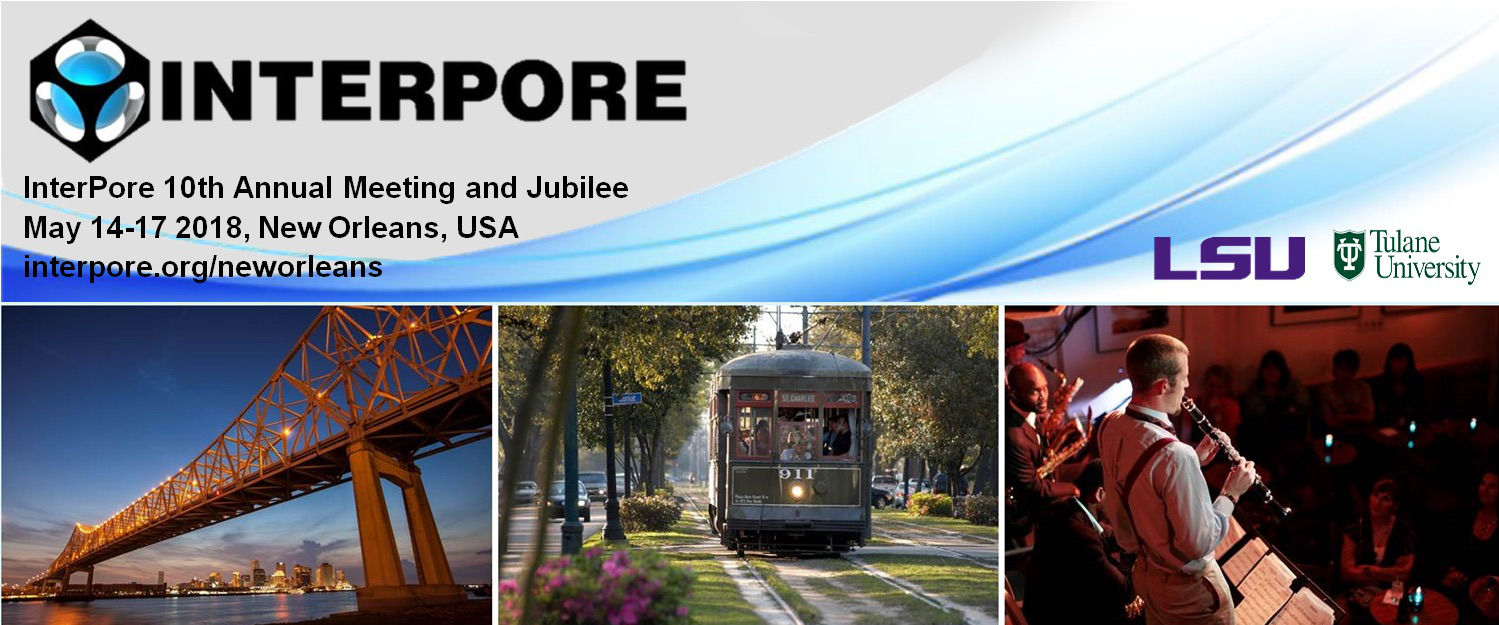Understanding the factors that control CO2 convective dissolution, which is one of the permanent trapping mechanisms, in the deep saline aquifer and associated dynamics of mixing is crucial in the long-term fate of the injected CO2. The present study investigates the effects of temporal changes in the solubility of CO2 at the free-phase CO2/brine interface on the onset of natural convection...
The dissolution of supercritical CO2 in aquifer brine is one of the most important trapping mechanisms in CO2 geological storage. As supercritical CO2 is less dense than the ambient groundwater, the injected CO2 is susceptible to leakage in case that the sealing layer is not perfectly impermeable. However, when CO2 is dissolved in water it is not buoyant anymore. In fact, CO2-saturated water...
Mixing in the presence of convective instabilities in an homogeneous porous media is governed by the behavior of stagnation points where the fluid interface is stretched and compressed. It has been shown that an interface compression model is able to predict the behavior of the scalar dissipation rate. The mixing regimes experienced by these kind of systems are linked to the dependency of...
Subsurface methane hydrates have long been regarded as a potential energy source to power the future. Significant research efforts have been dedicated towards the exploration of methane hydrate reserves around the world. This study is focused on quantifying the diagenetic changes that occur during and after the formation of methane hydrates in the subsurface. A 2-dimensional geological model...


